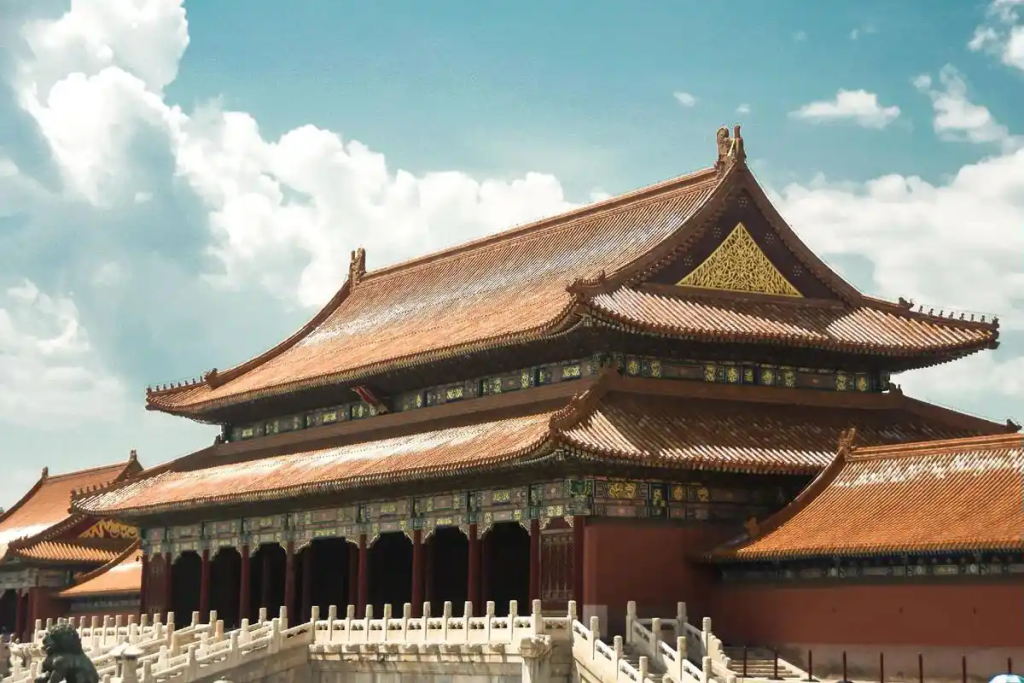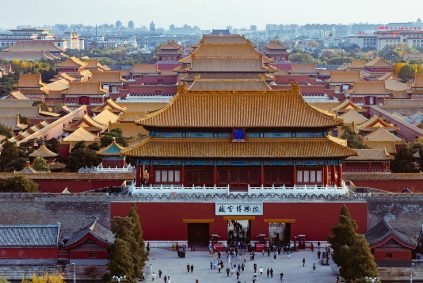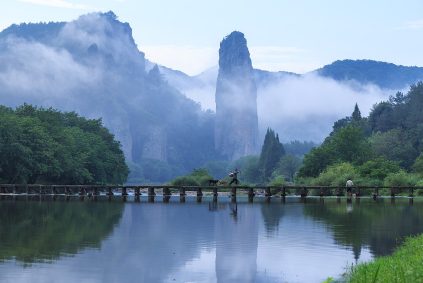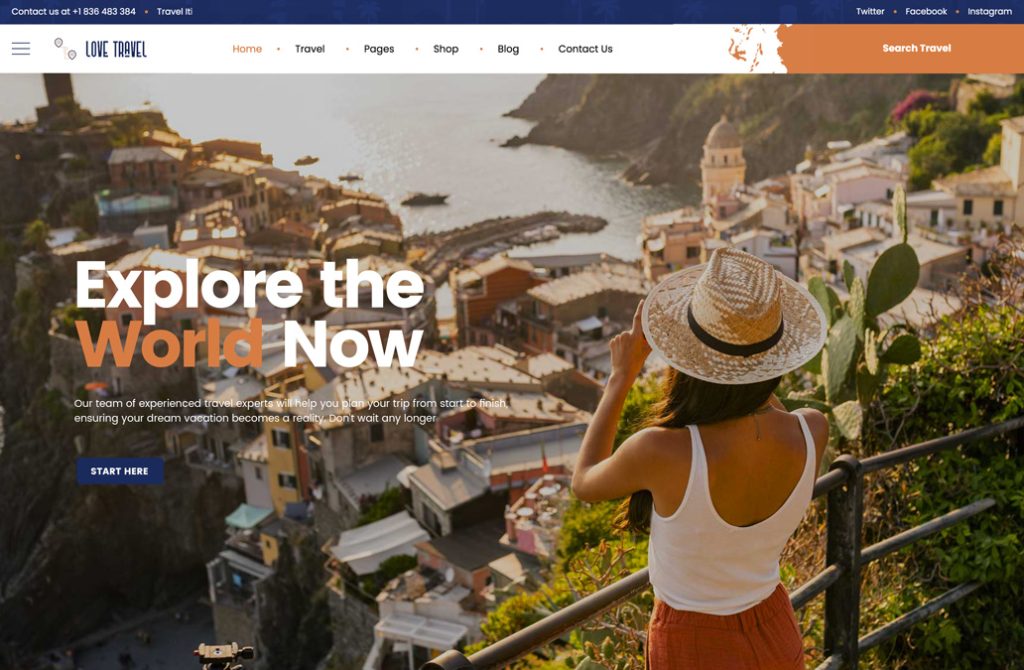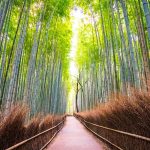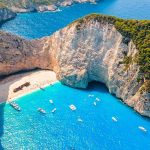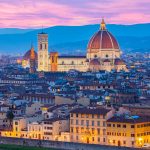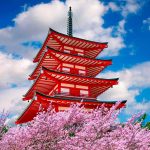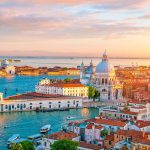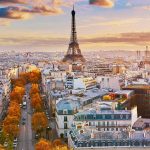As the largest Gelugpa monastery of Tibetan Buddhism in the Beijing area, Yonghegong boasts a rich variety of religious and cultural attractions, integrating architectural styles of multiple ethnic groups such as Han, Manchu, Mongolian and Tibetan. The following are some of the main religious and cultural attractions:
Zhaotai Gate (Mountain Gate) : As the main entrance to the Lama Temple, Zhaotai Gate is the starting point for entering the temple. The white marble steps have a very good texture. There is a free incense-giving area on each side. Tourists can receive three incense sticks for praying for blessings.
Yonghe Gate Hall: It is equivalent to the mountain gate of Han Buddhism. The bronze lion in front of the hall is vividly shaped. Inside the hall, there are statues of Maitreya Bodhisattva, gilded clay sculptures of the Four Heavenly Kings, and a statue of Weituo. It is the first place for believers and tourists to pay their respects after entering the temple.
The Heavenly Kings Hall: A large plaque inscribed with the words “Yonghe Gate” by Emperor Qianlong hangs above the hall. Inside the hall, the Four Heavenly Kings are enshrined, symbolizing favorable weather and abundant harvests. Through the Heavenly Kings Hall, one can enter the core area of the Yonghe Palace.
Yonghe Palace: As the main hall, it enshrines the Three Buddhas of the past and present. The architecture is grand and imposing. It is an important place for believers to pray for good fortune and also the core area of religious activities in the temple.
Yongyou Hall: Inside the hall, the Buddha of Infinite Life, the Medicine Buddha and the Lion Roar Buddha are enshrined. It is an important place for believers to pray for the elimination of evil spirits and disasters, and it carries the function of protecting the Dharma in Tibetan Buddhism.
The Dharma Wheel Hall: With a unique architectural style, it houses a bronze seated statue of Tsongkhapa, the founder of the Gelug School of Tibetan Buddhism. It is an important symbol of the Gelug School of Tibetan Buddhism and also a place where believers pray for success in their careers.
Wanfu Pavilion: Inside stands a 26-meter-tall Maitreya Buddha, carved from a single piece of white sandalwood. It is the world’s tallest indoor Buddha statue certified by Guinness World Records and is regarded as the most precious treasure of the Yonghegong Temple.
The Panchen Lama Tower and the Jie Tai Tower: As exhibition halls of cultural relics, they display precious items presented by the local government of Tibet during the Qing Dynasty, including the silver gilded sitting statue of the 6th Panchen Lama and the statue of the 3rd Jangka Lama, ETC. They are important places for the study of Tibetan Buddhist culture.
The East and West side Halls and the Four Study Halls: The east and west side halls include the Preaching Hall, the Esoteric Hall, ETC. The Four study halls respectively correspond to the practice system of Tibetan Buddhism and are important places for believers to study Buddhism.
The archway courtyard: The three archways are grand and imposing, making it a great place for taking photos and checking in. The contents of the plaques, 例如 “Four Roads Clean and Open”, “Respect for Relatives across the Sea”, “Ten Places Unobstructed”, ETC。, reflect profound cultural connotations.

